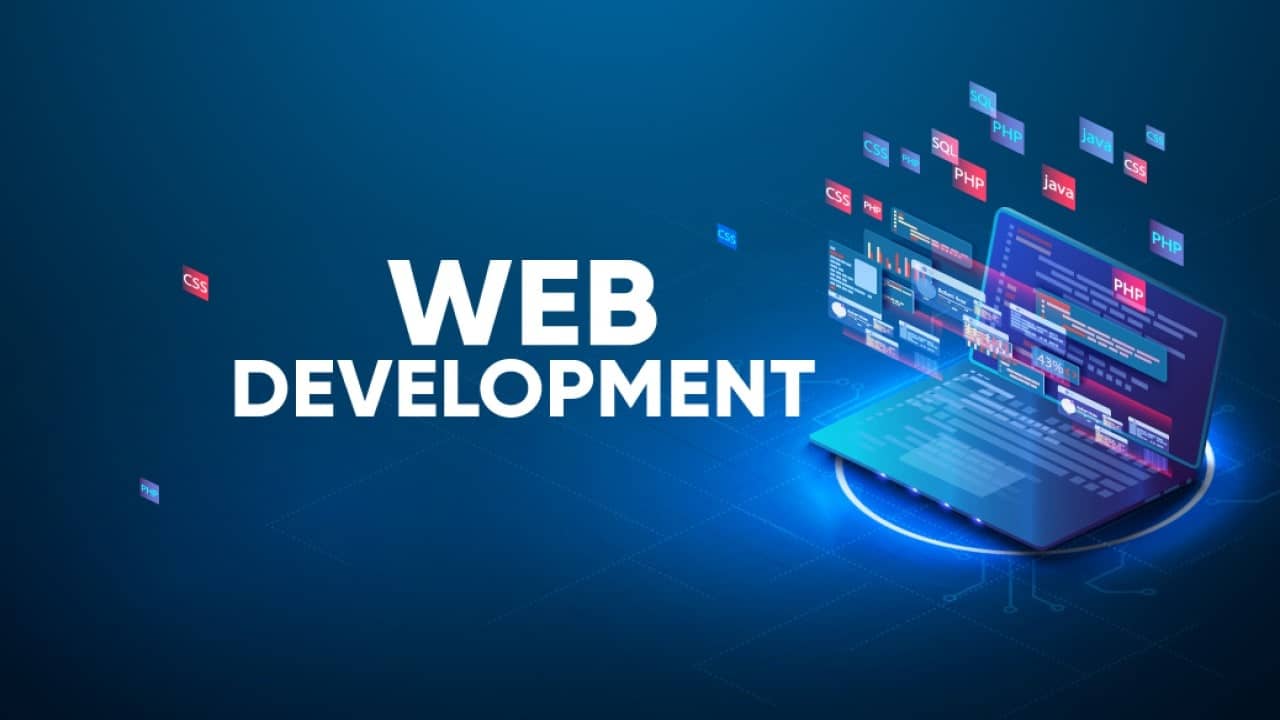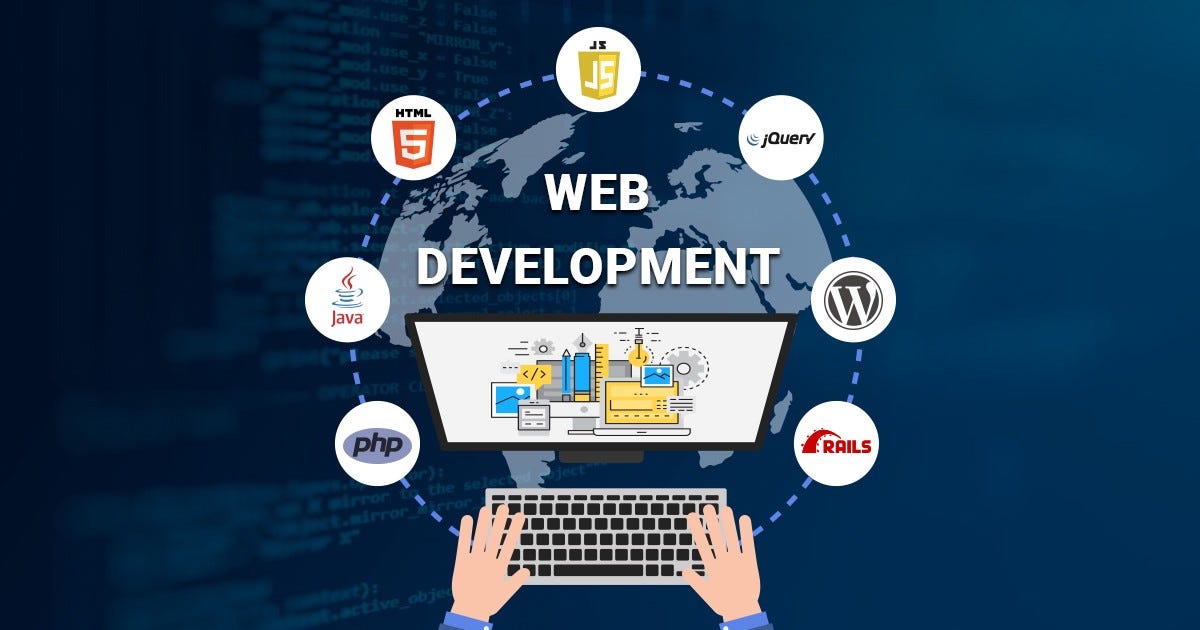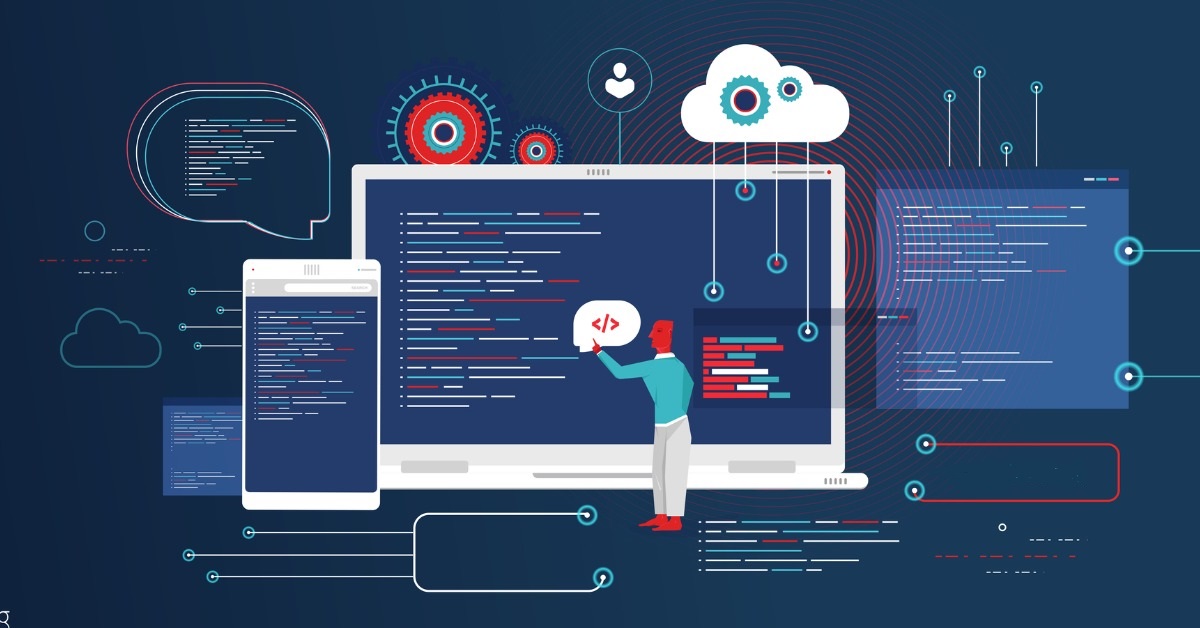Web Development
There is a few type of websites but we are providing all types of websites
Crafting Digital Experiences: The Art and Science of Website Development
In the digital age, where an online presence has become essential for businesses and individuals alike, website development stands as a cornerstone of the virtual landscape. At its core, website development is the intricate process of designing, building, and maintaining websites that cater to a variety of purposes, from informational platforms to e-commerce hubs, entertainment portals, and beyond. It's a harmonious blend of creativity and technology that shapes the digital face of brands, individuals, and organizations.


The Development Journey: From Concept to Reality
Website development is a journey that begins with a concept and culminates in a fully functional, interactive, and visually engaging digital space. It commences with strategic planning, involving the identification of target audiences, defining objectives, and mapping out user journeys. Wireframing and prototyping breathe life into ideas, allowing stakeholders to visualize the layout and structure before delving into the intricate web of code. The development phase unfolds as programmers transform these visual prototypes into functional elements, coding HTML for content, CSS for design, and JavaScript for interactivity.
Languages, Frameworks, and Tools: The Developer's Arsenal
At the heart of website development lies coding. Developers employ an array of programming languages such as HTML, CSS, and JavaScript to build the foundational elements of a website. Cascading Style Sheets (CSS) dictate the design and presentation, while JavaScript adds interactivity and dynamic functionality. Frameworks like Bootstrap and libraries like jQuery expedite development by offering pre-designed elements and scripts. Content Management Systems (CMS) like WordPress, Drupal, and Joomla provide a user-friendly interface for managing and updating website content, making it accessible to those without extensive technical expertise. .


Responsive Design and Cross-Compatibility: Navigating the Digital Landscape
In a world where users access websites across an array of devices and screen sizes, responsive design has become imperative. This design approach ensures that websites adapt seamlessly to different platforms, from smartphones and tablets to laptops and desktops. Fluid layouts, flexible images, and media queries are employed to create a unified experience across the digital spectrum. Developers also pay meticulous attention to cross-browser compatibility, ensuring that the website functions consistently across popular web browsers like Chrome, Firefox, Safari, and Edge.
User-Centered Focus: Where Function Meets Aesthetics
User Experience (UX) and User Interface (UI) design take center stage in the development process. UX design emphasizes understanding user behaviors and preferences, striving to create a seamless and intuitive browsing experience. UI design, on the other hand, focuses on crafting visually appealing interfaces that resonate with the brand's identity while enhancing usability. This involves creating clear navigation pathways, optimizing the placement of interactive elements, and prioritizing content readability. Collaborative efforts between designers and developers bring together aesthetics and functionality to create a cohesive and engaging user experience.


E-Commerce Integration and Functionality
For e-commerce websites, the development process extends to creating online marketplaces that enable buying and selling. Secure payment gateways, inventory management systems, and shopping cart functionality are meticulously integrated to ensure a smooth customer journey. This requires an understanding of transactional processes and the implementation of encryption protocols to safeguard sensitive data. Additionally, developers optimize page load speeds, as slow loading times can lead to higher bounce rates and negatively impact user experience, especially in e-commerce scenarios where quick access to product information is crucial.